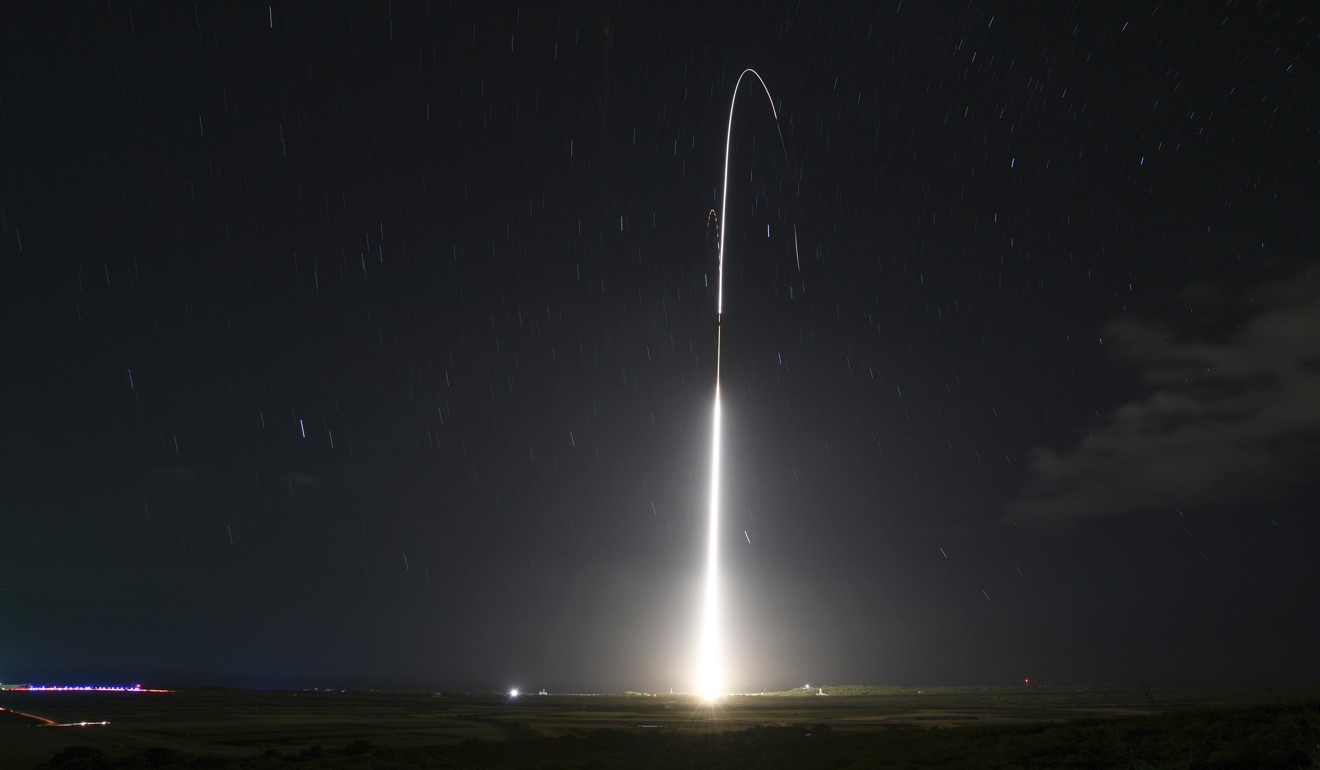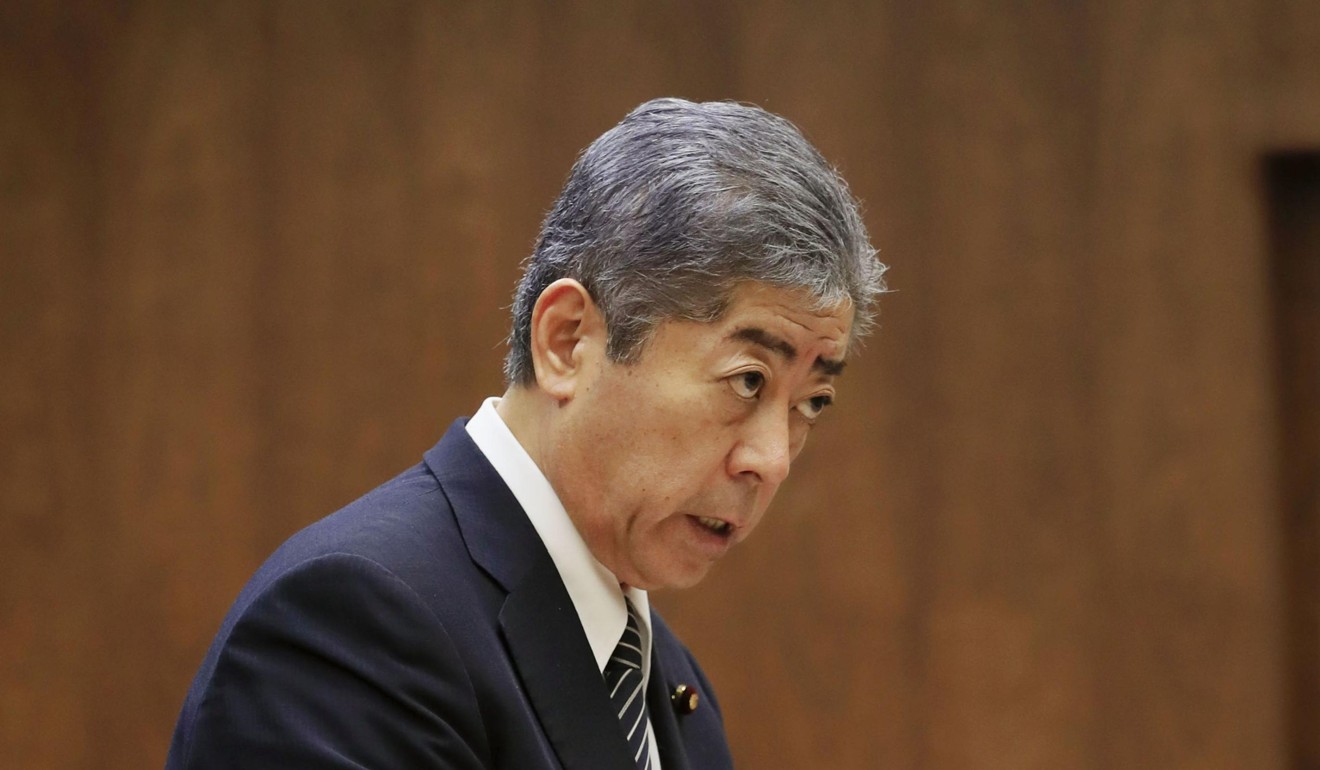
Aegis Ashore missile defence site in northern Japan could be 5 metres underwater if tsunami hits, minister confirms
- Defence Minister Takeshi Iwaya says the site, in Akita Prefecture, would need to be reinforced against a possible natural disaster
- The latest revelation comes as Iwaya apologised for the erroneous selection process for the site, which was made using incorrect Google Earth data

The preferred site for the Aegis Ashore missile defence system in northern Japan could be inundated to a depth of 5 metres in the event of an offshore earthquake triggering a tsunami, the Ministry of Defence has confirmed.
The latest revelation to dog the single largest non-aviation defence project in Japanese history has raised new questions over the competence of the country’s bureaucrats, and the military planning that went into the deployment of a system the government has declared is vital to the nation’s defence.
Defence Minister Takeshi Iwaya travelled to Akita Prefecture on Monday to apologise directly to Governor Norihisa Satake for the ministry’s earlier error connected to the site selection for Aegis Ashore, which is designed to intercept incoming ballistic missiles and will complement Aegis-equipped warships operating in the Sea of Japan.
That error involved the ministry relying on the Google Earth app to determine the height of mountains close to candidate sites for the two planned Aegis Ashore bases. The figures provided by the app were inaccurate, and the ministry compounded the problem by failing to carry out on-site inspections.
“I deeply apologise,” Iwaya told the governor before a group of journalists. “I have instructed [officials] to be thorough in preventing a recurrence.”

He added that the central government believes the deployment of Aegis Ashore “is essential” to the nation’s ability to defend itself.
It is not known whether the minister subsequently touched on the possibility of the proposed site at the Ground Self-Defence Force’s Araya training ground being inundated in the event of a major tsunami striking the coast of Akita Prefecture.
No mention was made of the possibility in the ministry’s initial assessment of the area, although Iwaya admitted on Friday that parts of the site would need to be reinforced against a possible natural disaster. There was no previous mention of the need for anti-disaster measures.
An earlier prefectural government report on the region identified on a hazard map that it could be inundated to a depth of 5 metres.
Kiyomi Tsujimoto, the Constitutional Democratic Party of Japan (CDPJ)’s Diet Affairs Committee head, told Kyodo News that the party is considering submitting a motion of no-confidence in the defence minister to the Diet.
“It would be no surprise at all if the party decided to do that,” said Yukihisa Fujita, a politician with the CDPJ. “I was there just three days ago to meet with local people and they are very worried about this plan to build the base in Akita.”
Local residents fear the base will make them a target in the event of a conflict breaking out and that it is too close to local communities, he said.

“Some serious errors have been made with this entire process of deciding on a site, while there are also questions as to whether [the missile defence system] is even effective in the event of an attack,” Fujita said.
Garren Mulloy, a professor of international relations at Daito Bunka University and an authority on defence matters, said the entire episode “looks like extreme amateurism”.
“Aegis Ashore has the potential to be the largest and most costly single defence infrastructure project that Japan has ever made, and it is mind-boggling that there have been so many mistakes already,” he said.
“This is equivalent to building a major warship and then realising you don’t have a port big enough to accommodate it … This is so fundamental that people will be sacked.”
Mulloy believes Defence Ministry bureaucrats may have been trying to avoid an “Okinawa-style situation”, where they were attempting to avoid upsetting local residents and not use precious agriculture land – but instead opted for low-lying marshland without taking into account the possibility of flooding.
“I would also not be at all surprised if they were hurrying this process along for operational reasons and to get these bases built sooner rather than later,” he added.